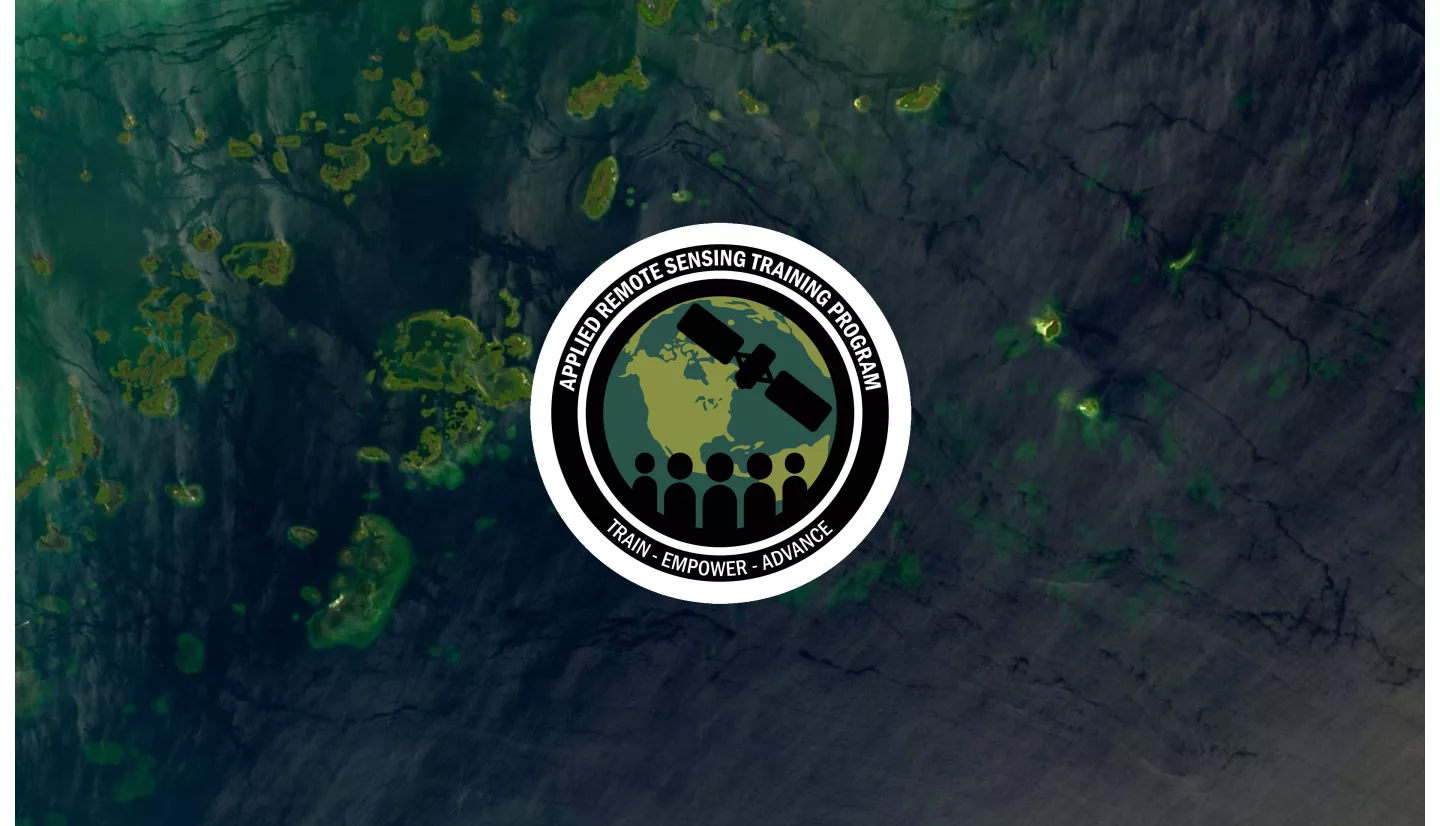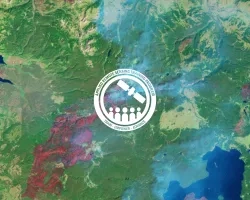Description
Nature-based climate solutions are an increasingly critical component of mitigating greenhouse gas emissions to meet the Paris Agreement goal of keeping temperature change to below 2-degrees celsius. Blue carbon ecosystems, such as mangroves, salt marshes, and sea grasses, are a key aspect of nature-based climate solutions because of high carbon sequestration rates, long-term burial of carbon in sediments, potential for restoration, and connections to many additional ecosystem services.
This training builds from a series of previous trainings on Remote Sensing of Coastal Ecosystems, Remote Sensing of Mangroves, Remote Sensing of Greenhouse Gases, and Remote Sensing of Carbon Monitoring for Terrestrial Ecosystems to provide a comprehensive overview of blue carbon ecosystem remote sensing. The course will guide participants through mapping extent and quantifying the carbon stocks of blue carbon ecosystems using earth observations to support assessment, monitoring and restoration goals of these ecosystems.
This training is also available in French.
- Fundamentals of Remote Sensing
- Remote Sensing for Mangroves in Support of the UN Sustainable Development Goals
- If you would like to follow along with the Google Earth Engine demonstration, please already have or create a GEE account prior to the start of the training.
By the end of this training attendees will be able to:
- Identify blue carbon ecosystems and the role they play in the global carbon budget
- Map the extent of blue carbon ecosystems using satellite observations
- Measure the carbon stock of mapped blue carbon ecosystems
- Identify contexts in which earth observation data of carbon stocks in blue carbon ecosystems can inform reporting, monitoring, accounting and advocacy.
Local, regional, state, federal, foreign ministries and non-governmental organizations involved in coastal ecosystem management. Additionally, remote sensing practitioners, academics, and students looking to learn more about how to use remote sensing to assess blue carbon.
- Two 90-minute parts (03 and 05 December 2024)
- Each part will have one session delivered in French (10:00-11:30 AM ET) and one identical session delivered in English (2:00-3:30 PM ET).
Guest Instructors: Lola Fatoyinbo, Adia Bey, María Claudia Díazgranados Cadelo, Siti Maryam Yaakub
- Define a blue carbon ecosystem based on ecosystem characteristics
- Map the extent of mangrove ecosystems using satellite observations
- Calculate the carbon stock of mapped mangrove ecosystems
If you would like to follow along with the Google Earth Engine demonstration, please already have or create a GEE account prior to the start of the training.
Materials:
Guest Instructors: Kelly Luis, Anthony Campbell, Cheryl Doughty
- Map the extent of salt marsh and seagrass ecosystems using satellite observations
- Calculate the carbon stocks of mapped salt marsh and seagrass ecosystems
- Explore synthesis methods to estimate blue carbon across ecosystems
If you would like to follow along with the Google Earth Engine demonstration, please already have or create a GEE account prior to the start of the training.
Materials:



